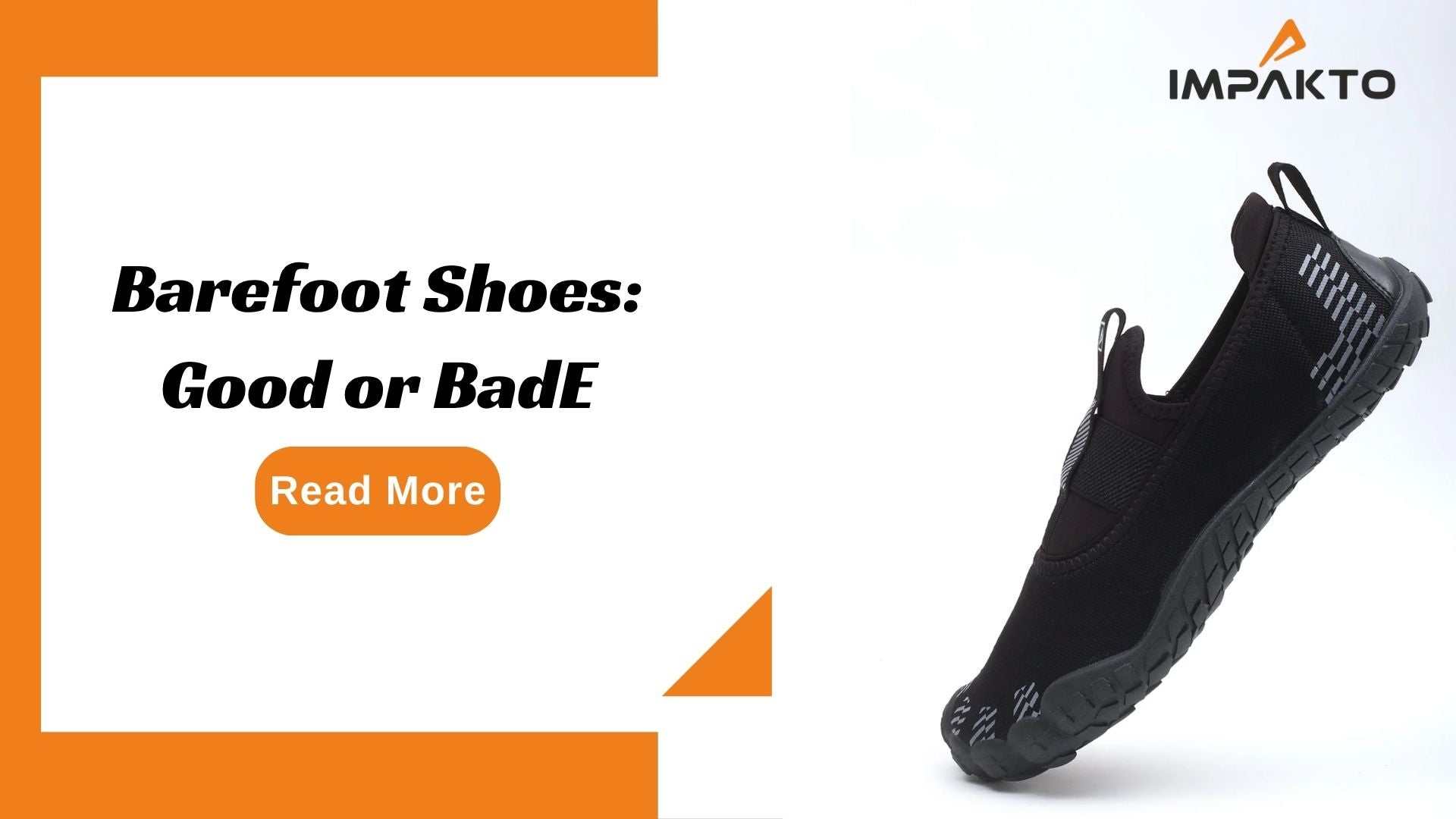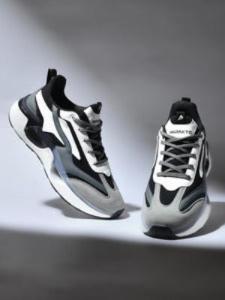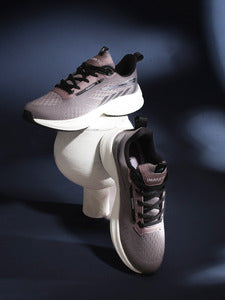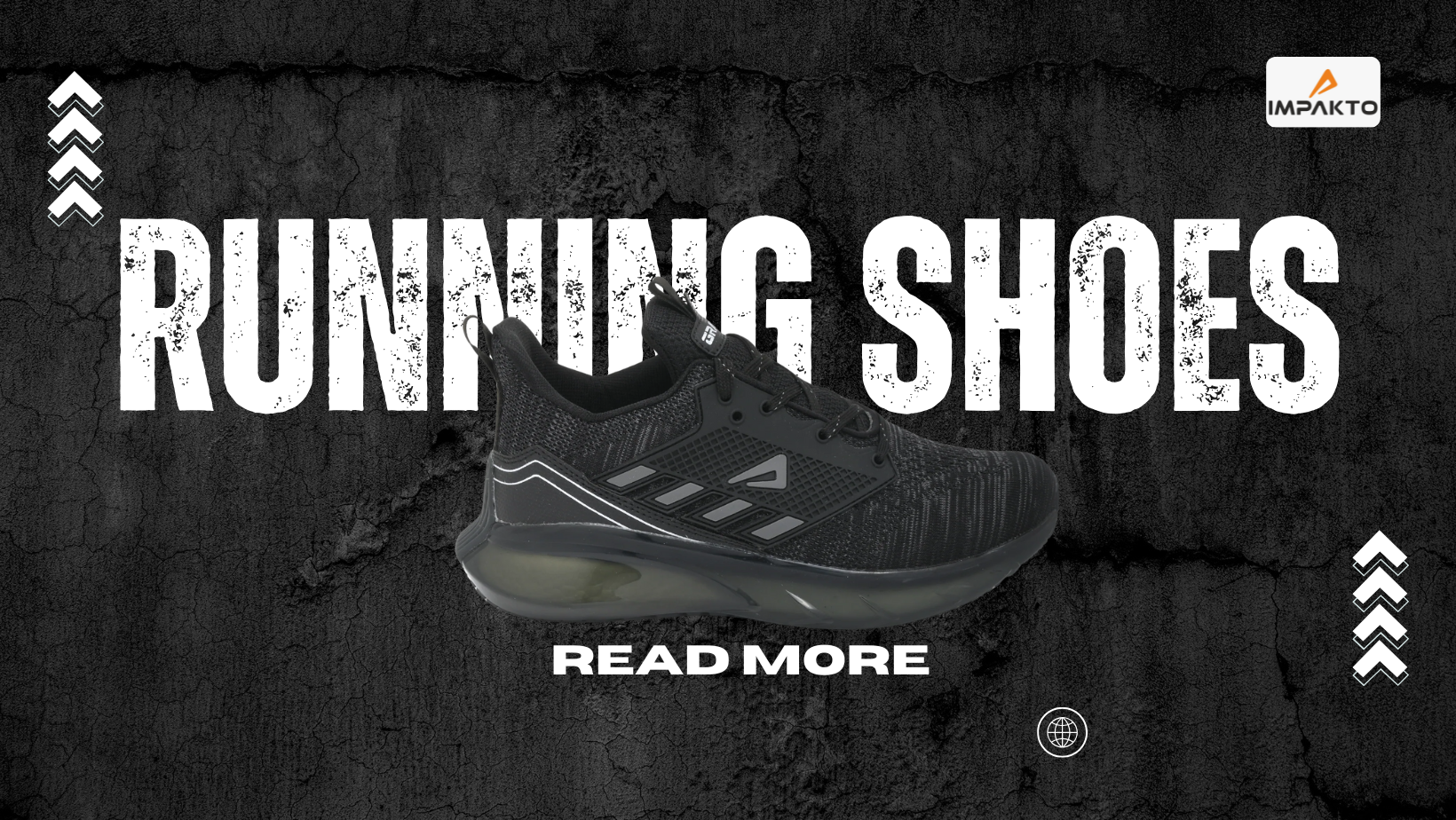Are Barefoot Shoes Good for You? Benefits, Risks & Expert Tips for Everyday Use

You’ve seen them on runners, hikers, and maybe even that coworker who swears by minimalist everything. Barefoot shoes are getting popular fast, but here’s the thing. Are barefoot shoes good for you, really?
Before you toss your sneakers in the back of the closet, let’s break down what these shoes do, why people love them, and what you should know before switching.
What Are Barefoot Shoes, Really?
Think of barefoot shoes as a middle ground. You’re not barefoot, but you’re also not walking on thick rubber soles. They’re light, flexible, and shaped more like your actual feet. There’s no extra cushion. No arch support. Just a thin barrier between you and the ground.
People wear them to feel more connected to their body, to improve posture, and to strengthen muscles we don’t usually think about when we wear “regular” shoes.
What’s So Good About Barefoot Shoes?
You’re here because you want to know if they’re actually good for you. Fair. Let’s look at some of the reasons people are making the switch.
1. Your Feet Get Stronger
When your feet aren't relying on padding and arch support all the time, they start doing more of the work. Over time, those small muscles get stronger. You might not see it, but you’ll feel less fatigue, better grip, and even better balance.
2. They Can Help With Your Posture
Regular shoes often have a raised heel. That small tilt can mess with your posture. Barefoot shoes are flat; your heel and toe sit at the same level. That helps you stand taller and walk in a way that puts less pressure on your back and hips.
3. You Move More Naturally
When you’re barefoot (or close to it), your stride changes. You stop slamming your heels into the ground. Instead, you land gently on your midfoot or forefoot. That can reduce strain on your knees and help you avoid injuries long term.
4. Better Balance and Awareness
Since there’s less material between your foot and the ground, you feel more. That feedback helps your brain react faster and improves your balance. It’s subtle, but it matters especially as you age.
5. They’re Light and Easy
Once you wear barefoot shoes, traditional shoes can feel bulky. These are lighter, easier to pack, and often more breathable.
But Are There Risks, Too?
Let’s be real: are barefoot shoes good for you in every situation? Not quite. Like anything, they come with trade-offs. If you're not careful, you could end up doing more harm than good.
1. Too Much, Too Fast
Your feet aren’t used to working this way. If you jump into barefoot shoes full-time, you might feel sore, especially in your arches or calves. It’s not a bad thing; it just means your muscles are waking up. But go slow.
2. Not a Fit for Everyone
Got flat feet or chronic foot pain? Barefoot shoes might not be the best choice right away. That doesn’t mean never it just means you need to build up gradually, maybe with help from a physical therapist.
3. Concrete Isn’t Friendly
Let’s face it: walking on grass is one thing. Walking five kilometers on concrete in shoes with barely-there soles is another. Your feet need time to adjust to hard surfaces.
4. They Change How You Run
Are barefoot shoes good for running? Maybe, maybe not. If you keep running the same way you did in cushioned shoes, you’ll run into trouble. Midfoot landings, shorter strides, and better form are all part of the deal.
So… Are Barefoot Shoes Good for Everyday Use?
Short answer: Yes, if you take the time to ease into them.
A lot of people wear barefoot shoes for walking, working, and even exercising. They help your feet do what they were built to do. But the keyword here is “gradual.” Let your feet adapt, or you’ll likely give up too soon.
How to Get Started Without Hurting Yourself
You don’t need to make it complicated. Here’s how most people start using barefoot shoes without issues.
Start at Home
Walk around barefoot in the house. Get used to how your feet feel without support.
Add Time Gradually
Wear barefoot shoes for 30 minutes a day at first. Then build up slowly, a few minutes at a time.
Pay Attention to Pain
A little soreness is okay. Sharp pain? Not okay. Stop, rest, and reassess.
Do Strength Work
Simple foot exercises like toe curls, calf raises, and balance drills go a long way.
Pick the Right Pair
Not all barefoot shoes are created equal. Look for flexible soles, breathable material, and a shape that matches your foot, not the other way around.
Final Thoughts
So, are barefoot shoes good for you?
In most cases, yes. They let your feet move naturally, help you stay grounded, and even improve posture and muscle tone. But they’re not a shortcut. You’ve got to ease in, be patient, and give your body time to adapt.
If you do, you just might find that less really is more, especially when it comes to your feet.
FAQs
1. May I use barefoot shoes for prolonged periods of time?
Yes, but only after a period of adaptation. Start slow and work your way up.
2. What problems can barefoot shoes alleviate?
If soreness stems from weak muscles in the foot, then they might help, but ensure to consult with a physician first if it’s chronic pain.
3. Do these shoes support knee health?
Perhaps. Although it is possible that these shoes could enable a person to walk more naturally and therefore reduce stress on one’s knees.
4. Those with flat feet, what should we do?
Begin wearing them for short durations while implementing some strengthening physical activities. Barefoot shoes are helpful, assuming there’s a gradual transition.
5. Which brands contribute most to barefoot shoe fitness?
Look out for lightweight and flexible footwear that has ample room in the toe area. A good starting point includes Vivobarefoot or Xero Shoes.





